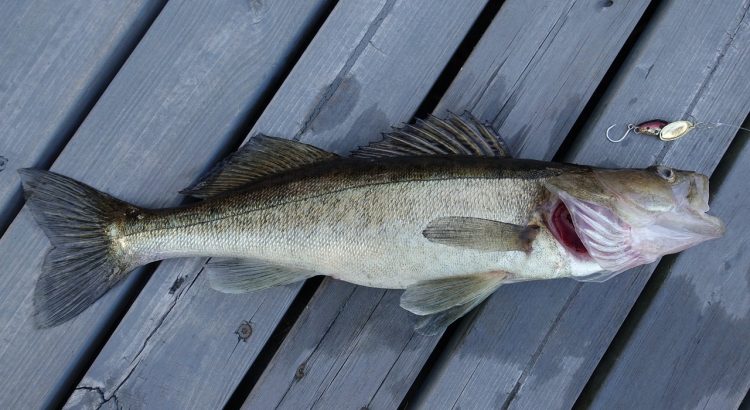Walleye fishing is a popular sport fish pursued by anglers across North America and parts of Europe. Walleye are known for their mild, flaky white flesh and are considered a prized catch by many anglers.
Here’s some information to get you started with walleye fishing:
- Species: Walleye (Sander vitreus) is a freshwater perciform fish native to North America. Closely related to sauger, walleye can reach up to 3 feet in length and weigh over 15 pounds.
- Habitat: Walleye prefer cool, clear waters of lakes and rivers with rocky substrates. They tend to be schooling fish and are often found near deep water structures like reefs, drop-offs, and points.
- Season: The walleye fishing season varies depending on location and specific bodies of water. Generally, the best time to fish for walleye is in spring and early summer, following spawning season, and in fall before they move to deeper water for winter.
- Gear: Several types of fishing gear can be used to catch walleye, including jigging rods, trolling rods, and live bait rigs. Popular lures for walleye include jigs, crankbaits, minnowbaits, and spinnerbaits. Live bait like nightcrawlers, minnows, and leeches can also be very effective.
- Techniques: There are different techniques used for walleye fishing, depending on the time of year and water conditions. Jigging is a popular method that involves vertically bouncing a lure up and down near the bottom. Trolling involves slowly dragging lures behind a boat, covering a lot of water to locate fish. Live bait fishing can be effective in all seasons, but especially during the colder months when walleye are less active.
While walleye fishing can be done from a boat, it is not required. Shore fishing can be productive, especially near points, rocky shorelines, and areas with current. Be sure to check local regulations for licensing requirements and any special restrictions on walleye fishing in your area.
Here are some additional tips for walleye fishing:
- Find the structure: Walleye tend to relate to underwater structures like rocks, reefs, and drop-offs. These areas provide cover for baitfish and ambush points for walleye.
- Fish the right depth: Walleye can be found at varying depths depending on the time of year and water conditions. In general, they will be found in cooler, deeper water during the day and may move shallower at night or in low-light conditions.
- Use the right bait or lure: Match your bait or lure selection to the forage fish in the body of water you are fishing. Jigs and minnowbaits are good imitations of baitfish, while crankbaits and spinnerbaits can be used to cover water and trigger reaction strikes.
- Slow down your presentation: Walleye are not always aggressive feeders. Especially in cold water, a slow and deliberate presentation can be more effective than fast-moving lures.
With a little knowledge and the right techniques, you can increase your chances of success and enjoy the challenge of catching walleye.
